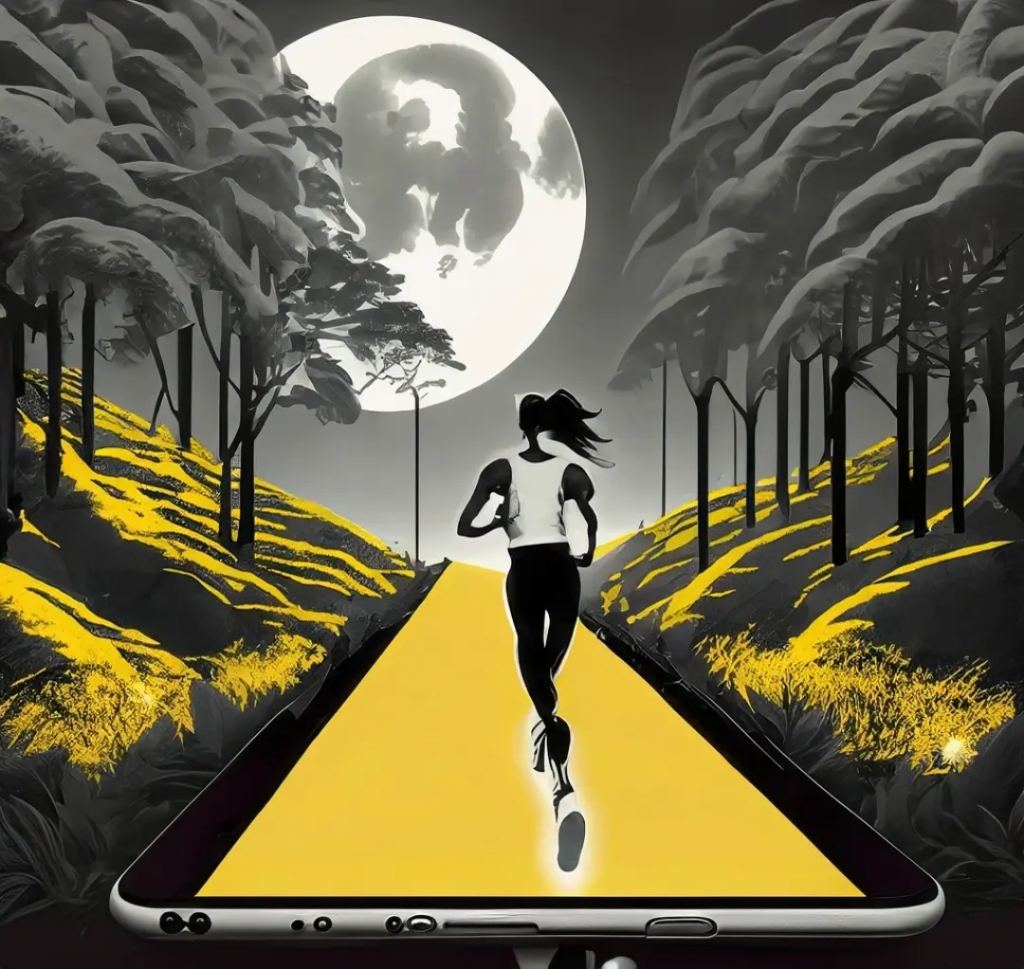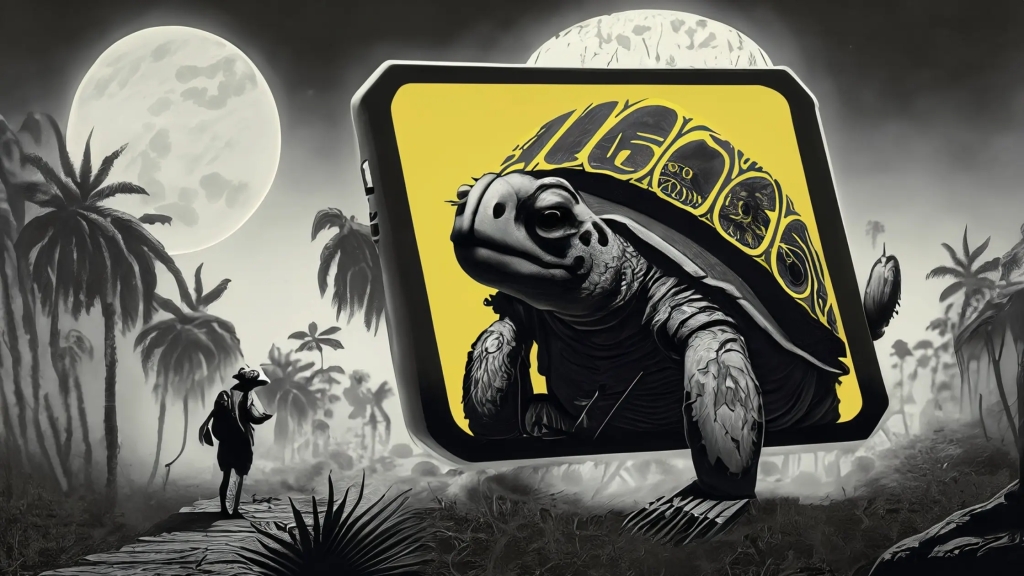
Marketing for film producers, artists, and filmmakers.
The online marketing challenge for non-specialists.
Online marketing is a giant octopus that changes, grows and becomes more and more time consuming and expensive with each new online platform that pops up on the web and new function of the existing ones. People spend an average of 35% of their internet time on social media, about 2 hours and 27 minutes per day, although studies show that trends differ widely by country; for example, in developing countries, such as Romania (my home country), users spend the most time. Every month, Internet users use 7-8 different social media platforms. Users mean audience, so where the audience spends time is where we must promote ourselves and our creative work.
The algorithms of social platforms work as content libraries and react to content by pushing it up and down, depending on the matching between the keywords we use in the meta data (title, descriptions, images descriptions, tags, etc.) and the keywords people use to find it, and the online public’s reactions to it.
So, it is necessary to learn how to work with each one’s algorithms to maximize visibility, both organically and through paid advertising (when we are lucky enough to have a budget for paying advertising platforms like Google, Bing, Yahoo, and so on, assuming we decide to invest our time, energy and skills into producing the marketing materials for our film promotion). And we should consider this, because the distance between Where is the world and Where is the world of independent filmmakers is considerable, impossible to ignore or minimize if we really want to live from making movies, essentially if we want to make a career from movie making. I mean films, not commercials or other types of digital media productions.
The most popular social networks in 2022 are: Facebook (2.9 billion), YouTube (2.5 billion), Instagram (2 billion), WeChat (1.7 billion), TikTok (1 billion), Snapchat (557 billion) , Pinterest (444 billion), Twitter (436 billion), Reddit (430 billion), Quora (300 billion).
On the other hand, 93% of all online interactions start with a search engine. 70% of the links that users click on are organic (they found the content they wanted through search), advertising is only 30% of this equation. Google search (primarily) is the No.1 magnet for driving website traffic, outpacing the power of social media by over 300%. This means one thing first: we need a website for our film(s) and for us as creators.
For an overview, here are the top 10 search engines by visitor share: Google (75.71), Amazon (11.27), Yahoo! (7.24), Bing (3.32), DuckDuckGo (1.32), AOL (0.89), Baidu (0.15), Ask.com (0.06), Yandex (0.04), Ecosia (0.04).
Learning how to promote our films and reach our audiences is a process that makes us, artists and filmmakers, face the challenge of learning way more than we were prepared to. Here are the essentials I can share with you after exploring the online marketing mechanics from my lenses as a filmmaker.
The online marketing map. A 9-step circular program.
In the online ecosystem, as creators we must conquer the audience of algorithms to reach the human audience. But at the same time, algorithms are a reflection of human behaviour in the online environment.
If the process of navigating the online ecosystem of algorithms had a map or a blueprint marked with key points for a decent orientation in space also for those of us whose first specialization is not online marketing, the milestones and its timeline would look like a 9-step circular program:
- The algorithm: the “antenna” of the online environment. By sending signals to algorithms we connect with a smaller or larger target audience, depending on the quality of our signals and on how we send these signals. We are the core algorithm that signals the online algorithms.
- Content: the signal for the algorithms.
- Content production: it is done through a basic process that has 5 phases:
3.1. Target audience: identification through keyword research (in search engines) and audience behavior analysis (in social networks);
3.2. Keywords: terms that our target audience uses in searches and terms relevant to our content;
3.3. Creating a marketing strategy and a content strategy;
3.4. Content creation and calibration: around keywords and phrases; - Content optimization (SEO-Search Engine Optimization) for the big algorithm – Google (by default also for the algorithms of the other search engines Yahoo, Bing, etc.);
- Organic discoverability – signaling the algorithms by publishing the content on our website;
- Organic visibility – flagging the algorithms by:
6.1. Repackaging the content, creating new content, and revitalizing old content in formats specific to the algorithms of the media where we want to publish it: website, social media, e-mail, mobile, and others;
6.2. Content optimization for the algorithm of each medium;
6.3. Distribution of content: by publishing in chosen media with referral links to our website pages;
6.4. Social engagement: comments, and reactions to similar and interesting accounts and pages, for our identified target audience; creating connections for the algorithms; - Advertising – signaling algorithms by:
7.1. Content creation for online ads: video/photo/text ads etc. in various technical and creative formats adapted to the technical requirements of the advertising algorithm specific to each ecosystem where we want to broadcast the ads;
7.2. Optimizing the online ad content for each algorithm;
7.3. Broadcasting the online ads; - Data analysis: website traffic, audience behavior, audience interaction experience with our content, results (sales, subscriptions, etc.);
- Monetization: monetizing the content (when users consume it, the creator makes money).
Is learning how to work with algorithms worth the headache?
Content inflation is increasingly weakening and exhausting the audience, but the power of good quality content still remains as great or even greater than before, with the general public and especially the young generations loving movies and good pieces of content, regardless of the times they have been made, reviving them and throwing them on endless heights when they find them.
Today’s growing examples dispel the myth of creators, artists, and critics who say that the Internet and social media are destroying cinema, or that the online landscape or youth audiences encourage the consumption of low-quality content.
One such example is the sitcom “The Office” (2005) made almost 20 years ago by NBC, today on Netflix, which has become today’s obsession of Generation Z (18-21 years old). Billie Eilish revived it, showing fragments of an episode in one of the songs on her debut album “When we all fall asleep, where do we go?” (2019), respectively in “My strange addiction”, saying in an interview that her “The Office” is therapy. Billie Eilish was born 4 years after “The Office” was released.
Another example from just a few months ago is Kate Bush’s song “Running Up That Hill”, a 40 years old song written and produced entirely by her, that conquers today a series of world records since the public heard it in the Netflix series “Stranger Things” (2016-present). This song didn’t conquer the charts at its debut, reaching only 3rd place in bilboards. Today, it not only conquered the world stronger than at the beginning but also conquered the new generations. And Kate Bush is anything but a low-profile artist.
These are creations that have been used in many other films and by many major studios, but never got the traction they did under the Netflix umbrella, and that’s not because Netflix is the first and biggest online player in the movie industry, but because it’s an algorithm.
For these miracles of “revival” to happen, these content samples have been aligned to the language of algorithms to be able to instantly connect them with global audiences, they are not happening only due to notoriety and mega-marketing budgets. For the purpose of the Films for Algorithms post series, the algorithmic aspect of the opportunity equation is of interest.
Sources:
“Which countries spend the most time on social media?,” WeForum, 2022.
“114 Social Media Demographics that Matter to Marketers in 2022” HootSuite, 2022.
“8 SEO Stats That Are Hard to Ignore,” imForza
“The Top 10 Search Engines Today” Semrush, 2021.
“Why Is Gen Z Obsessed with The Office?” Vanity Fair, 2019.
“Kate Bush’s ‘Running Up That Hill’ breaks records after Stranger Things success” Guinness World Records, 2022.
